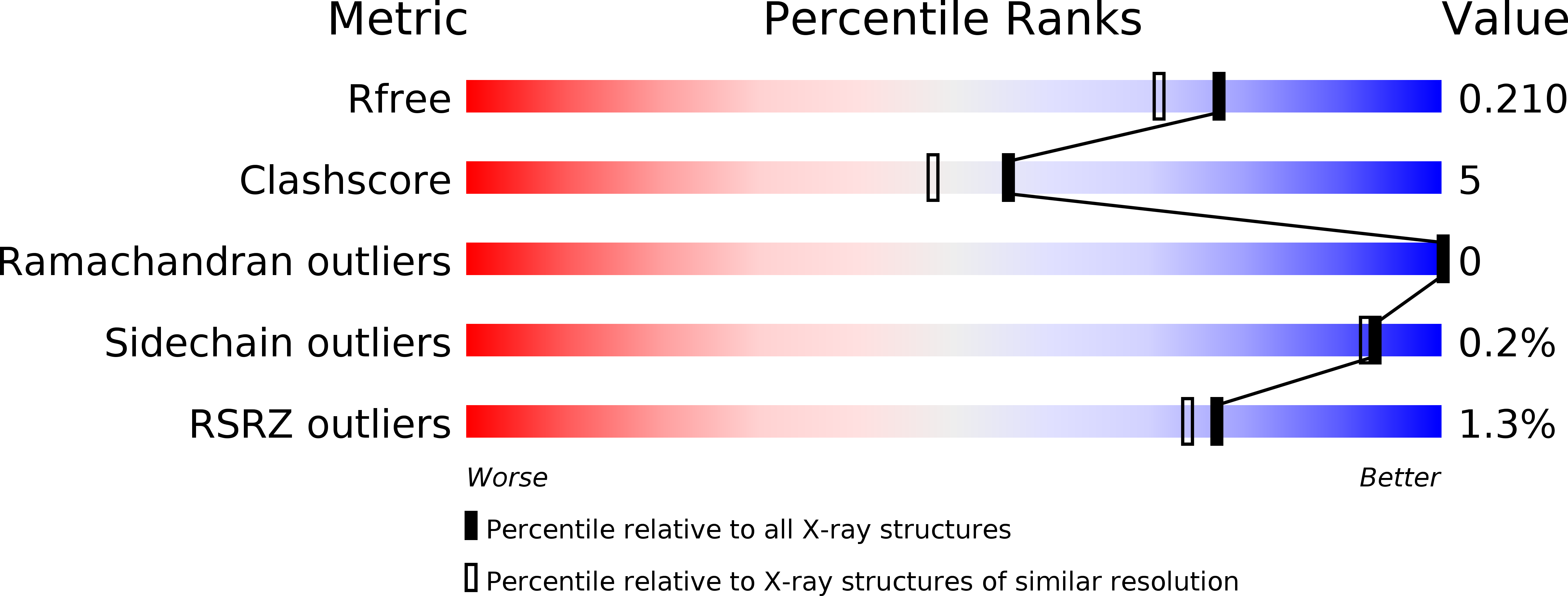
Deposition Date
2011-05-23
Release Date
2012-01-11
Last Version Date
2024-03-20
Entry Detail
PDB ID:
3S5B
Keywords:
Title:
Crystal Structure of CED-3 Protease Suppressor-6 (CPS-6) from Caenorhabditis elegans
Biological Source:
Source Organism:
Caenorhabditis elegans (Taxon ID: 6239)
Host Organism:
Method Details:
Experimental Method:
Resolution:
1.80 Å
R-Value Free:
0.20
R-Value Work:
0.16
R-Value Observed:
0.16
Space Group:
P 1 21 1


